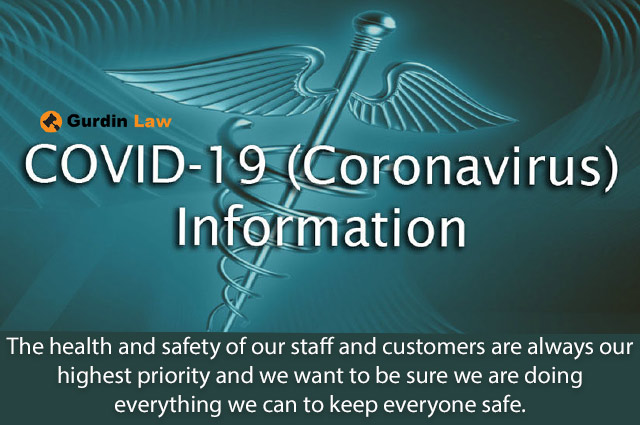
COVID-19 Outbreak – This webpage provides information for workers and employers about the evolving coronavirus outbreak first identified in Wuhan City, Hubei Province, China. The information includes links to interim guidance and other resources for preventing exposures to, and infection with, the novel coronavirus—now officially named COVID-19.
According to the U.S. Centers for Disease Control and Prevention (CDC), Chinese authorities identified the new coronavirus, which has resulted in confirmed human infections in China and a growing number of other countries, including the United States. Infected patients have also spread the virus to healthcare workers. The latest situation summary updates are available on CDC’s COVID-19 webpage.
According to the World Health Organization (WHO), COVID-19 is now a pandemic, meaning a global outbreak of disease. On March 13, 2020, the President of the United States declared the COVID-19 outbreak a national emergency. The virus that causes COVID-19 seems to be spreading in the community (“community spread”) in some affected geographic areas. Community spread means people have been infected with the virus in an area, including some who are not sure how or where they became infected. Different parts of the United States are seeing different levels of COVID-19 activity. U.S. COVID-19 cases include those among travelers, cases among close contacts of a known case, and community spread. Many types of workers may have similar exposure risks as other members of the general American public. Exposure risk may be elevated for workers who interact with potentially infected individuals, including those involved in:
- Healthcare
- Deathcare
- Laboratories
- Airline operations
- Border protection
- Solid waste and wastewater management
- Travel to areas where the virus is spreading
There is much more to learn about the transmissibility, severity, and other features associated with COVID-19 as the outbreak investigation continues. Infected people can spread COVID-19 through their respiratory secretions, especially when they cough or sneeze. According to the CDC, spread from person-to-person is most likely among close contacts (about 6 feet). Person-to-person spread is thought to occur mainly via respiratory droplets produced when an infected person coughs or sneezes, similar to how influenza and other respiratory pathogens spread. These droplets can land in the mouths or noses of people who are nearby or possibly be inhaled into the lungs.
In addition to this OSHA guidance, employers and workers should consult interim CDC guidance specific to COVID-19. CDC also provides tips on what the general public should do during the ongoing outbreak.

